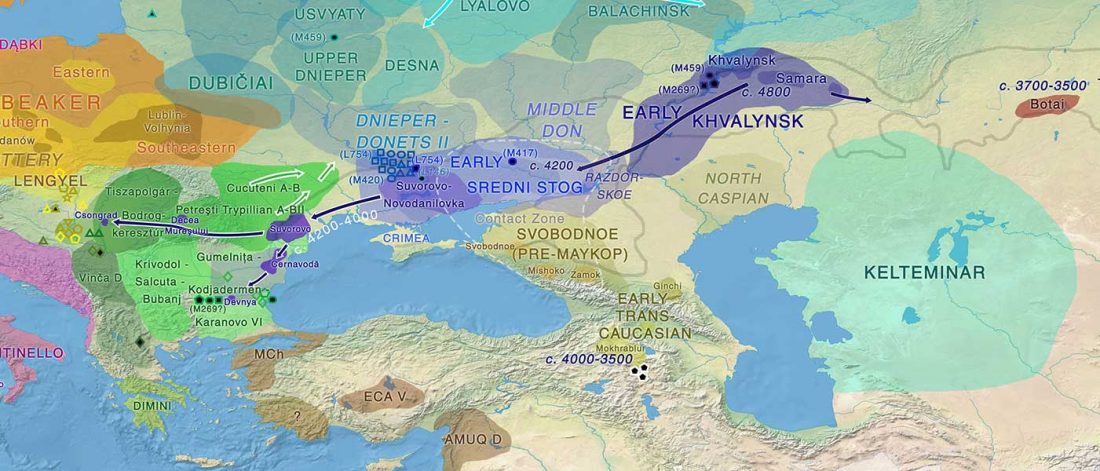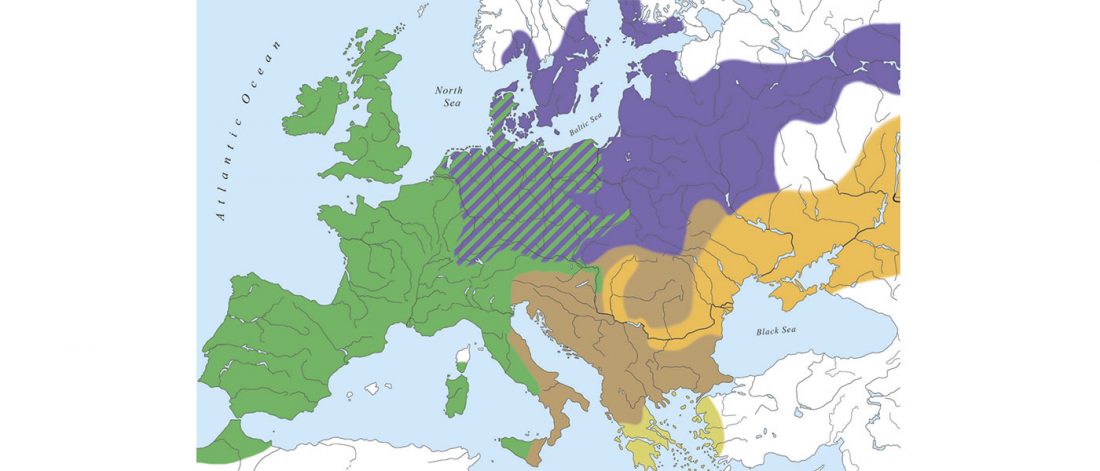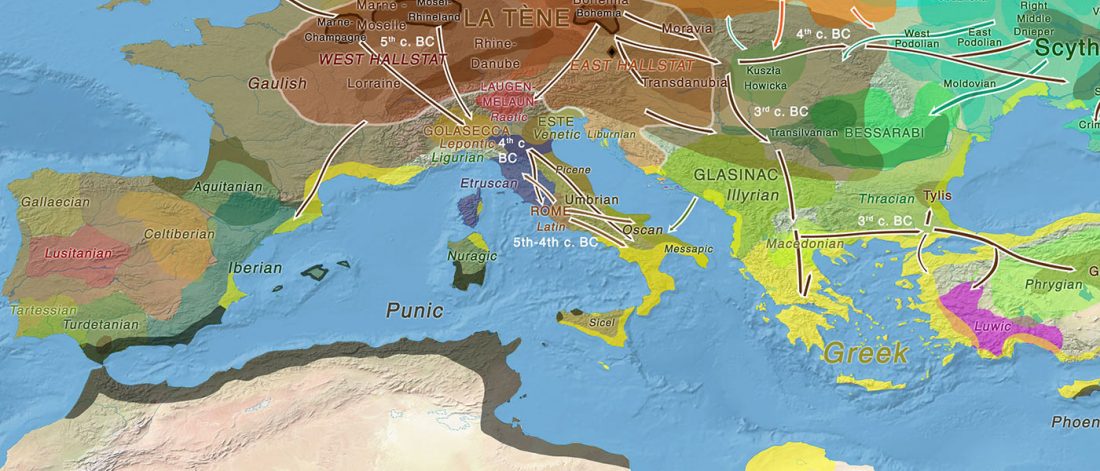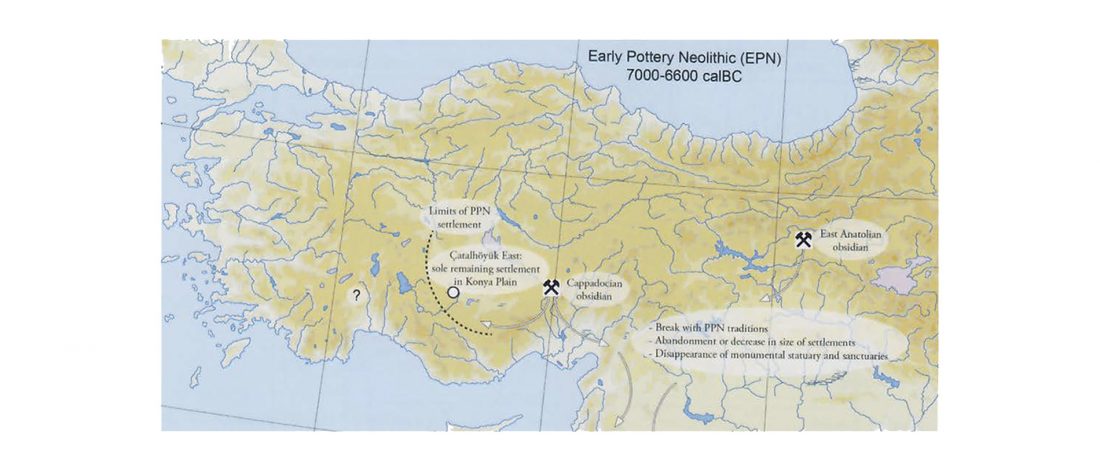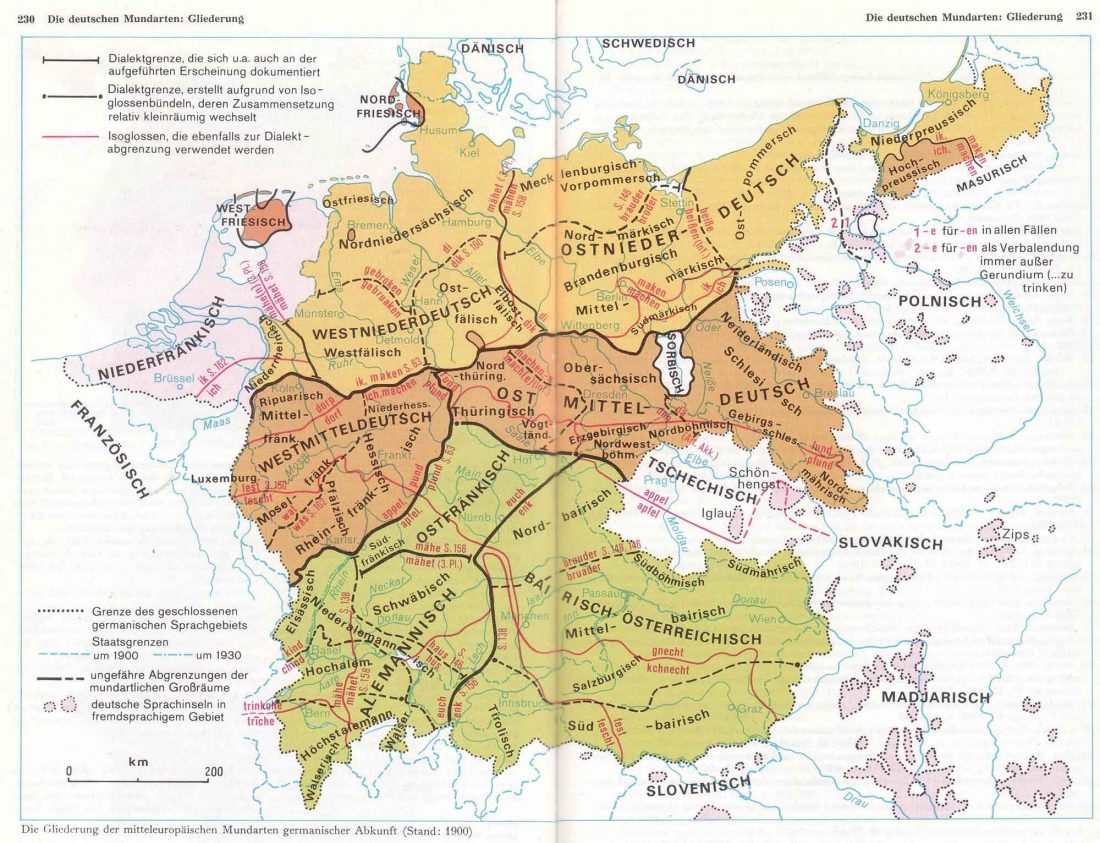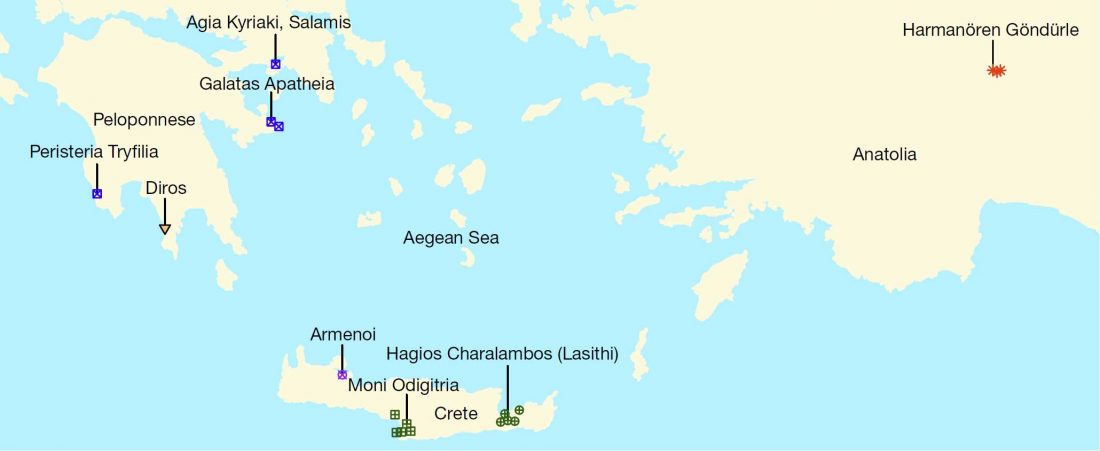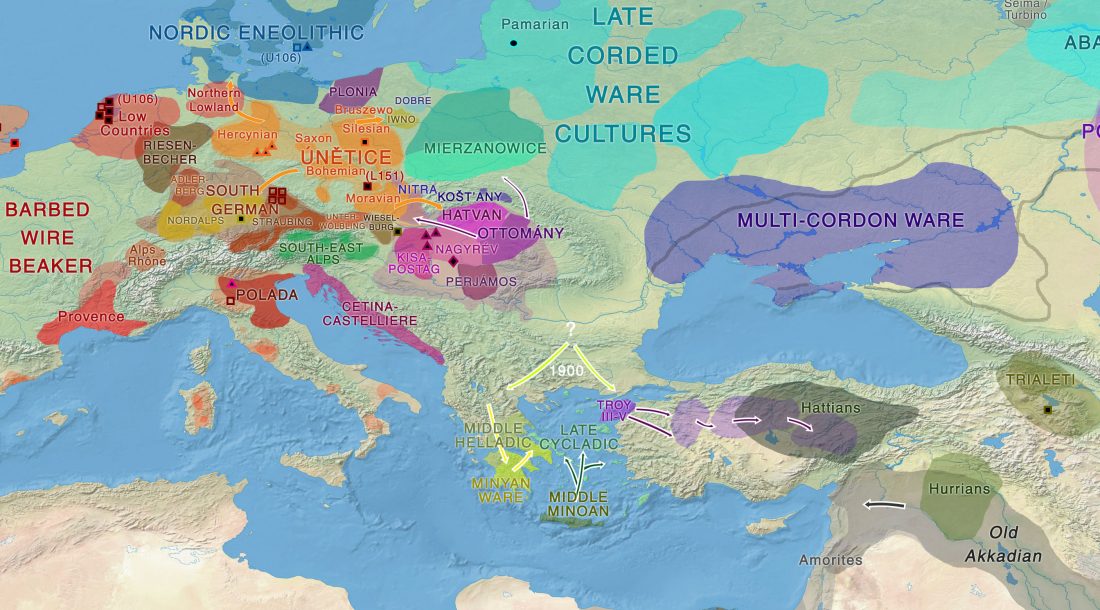I have recently written about the spread of Pre-Yamnaya or Yamnaya ancestry and Corded Ware-related ancestry throughout Eurasia, using exclusively analyses published by professional geneticists, and filling in the gaps and contradictory data with the most reasonable interpretations. I did so consciously, to avoid any suspicion that I was interspersing my own data or cherry picking results.
Now I’m finished recapitulating the known public data, and the only way forward is the assessment of these populations using the available datasets and free tools.
Understanding the complexities of qpAdm is fairly difficult without a proper genetic and statistical background, which I … Read the rest “Bell Beakers and Mycenaeans from Yamnaya; Corded Ware from the forest steppe”

